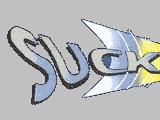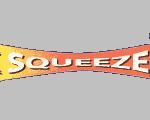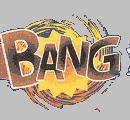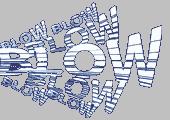The Basics
A jet engine can be divided into several distinct sections:
intake, compressor, diffuser, combustion chamber, turbine, and exhaust.
These sections are much like the different cycles in a four-stroke reciprocating
engine: intake, compression, power and exhaust. In a four-stroke engine
a fuel/air mixture is is brought into the engine (intake), compressed (compression),
and finally ignited and pushed out the exhaust (power and exhaust).
In it's most basic form, a jet engine works in much the same way.
Very basic diagram of a jet (turbine) engine




Image taken from http://www.rolls-royce.com
- Air comes in the front of the engine where it enters
the compressor. The air is compressed by a series of small spinning
blades aptly named compressor blades and leaves at a high pressure.
The pressure ratio between the beginning and end of the compressor can be
as much as 48:1, but almost always 12:1 or more.
- The air now enters the diffuser, which is nothing
more than an area where the air can expand and lower it's velocity, thus
increasing its pressure a little bit more.
- The high pressure air at the end of the diffuser now
enters the combustion chamber where it is mixed with fuel, ignited and burned.
- When the fuel/air mixture burns, the temperature increases
(obviously) which makes the air expand.
- This expanding gas drives a set of turbine blades
located aft of the combustion chamber. At least some of these turbine
blades are connected by a shaft to the compressor blades to drive them.
Depending on the type of engine, there may be another set of turbine blades
used to drive another shaft to do other things, such as turn a propeller or
generator.
- The left over energy not extracted by the turbine
blades is pushed out the back of the engine (exhaust section) and creates
thrust, usually used to drive an airplane forward.
A basic cross section of a turbine engine












